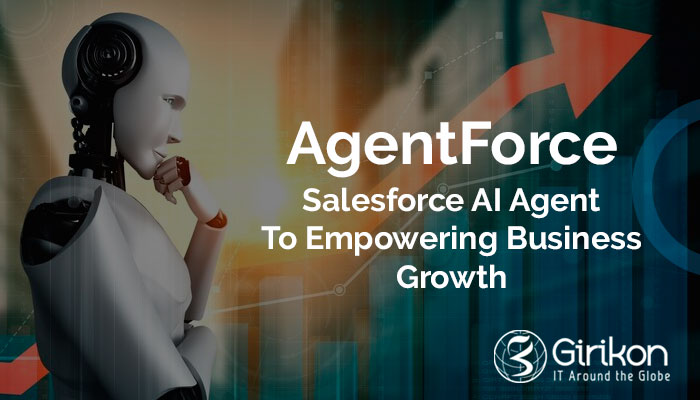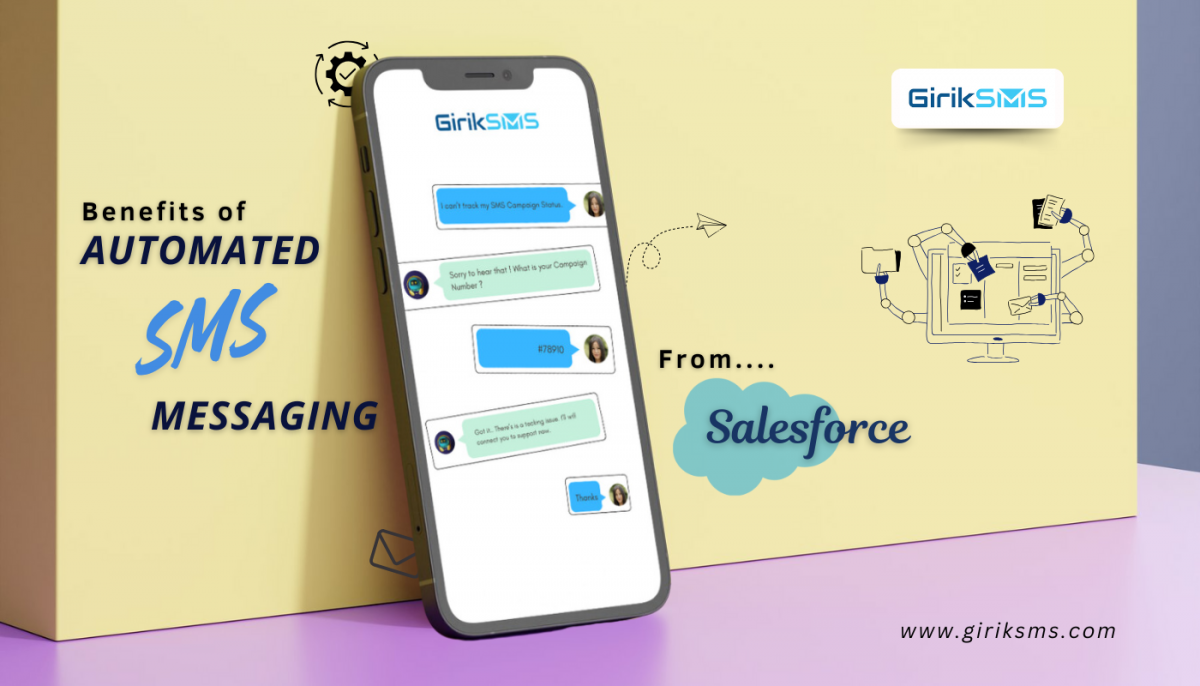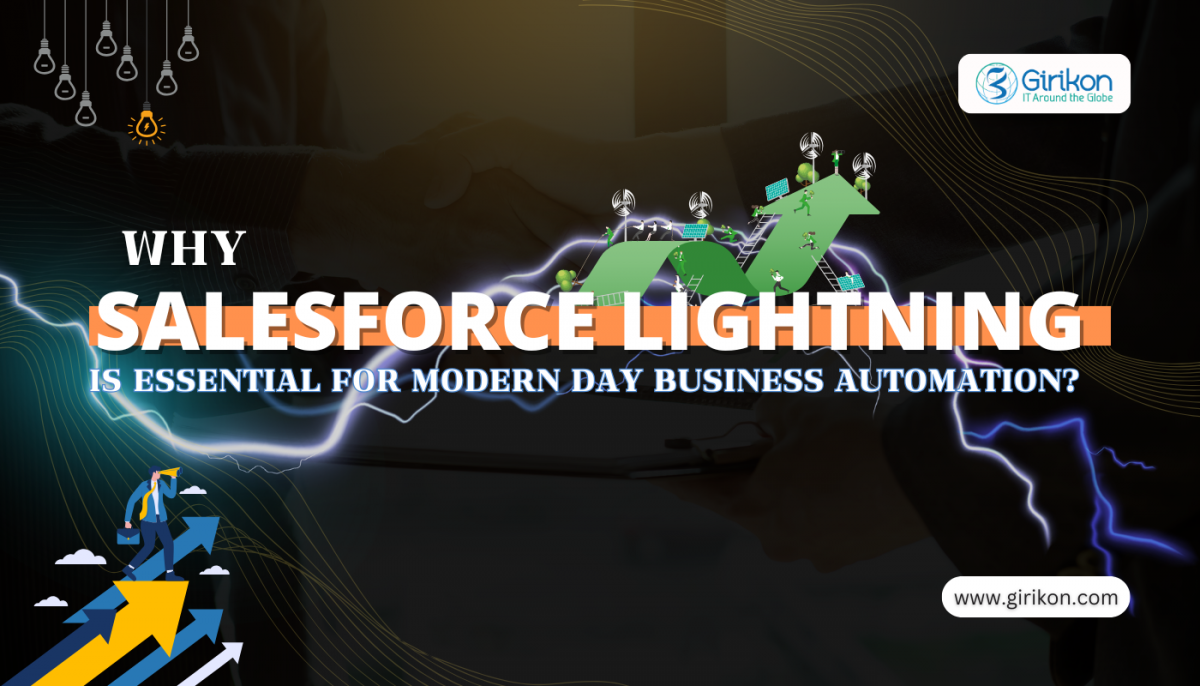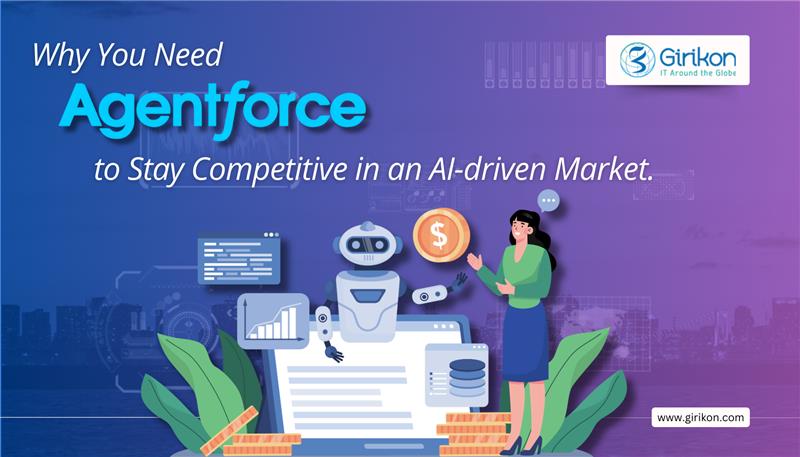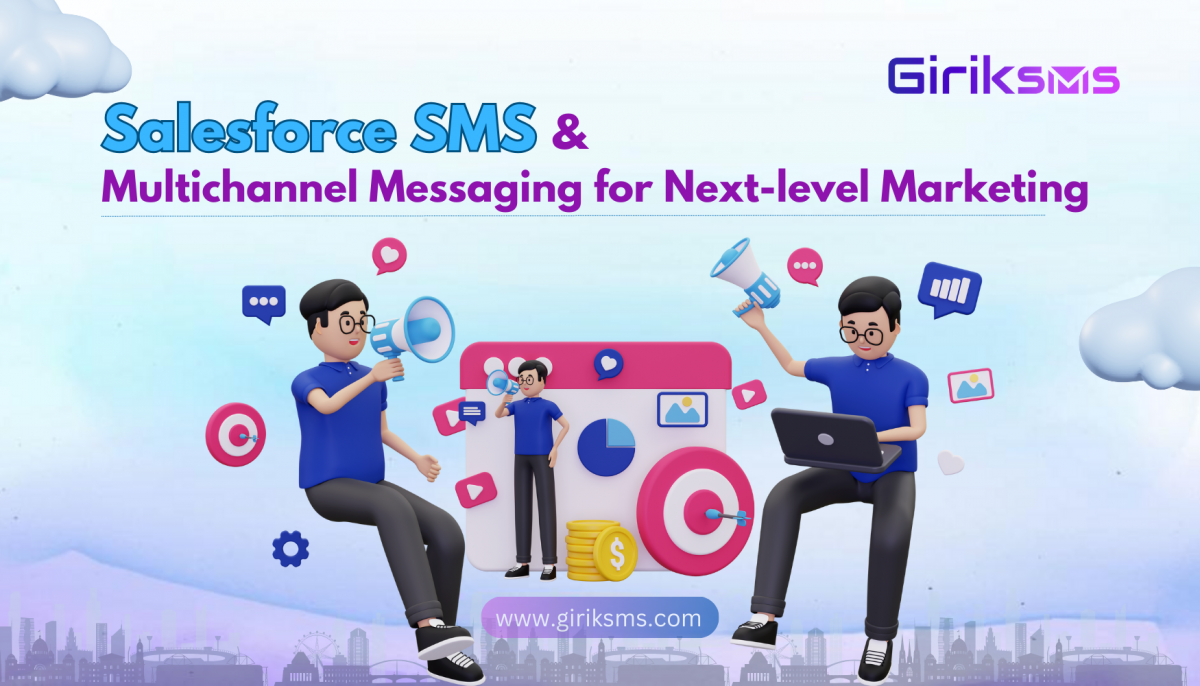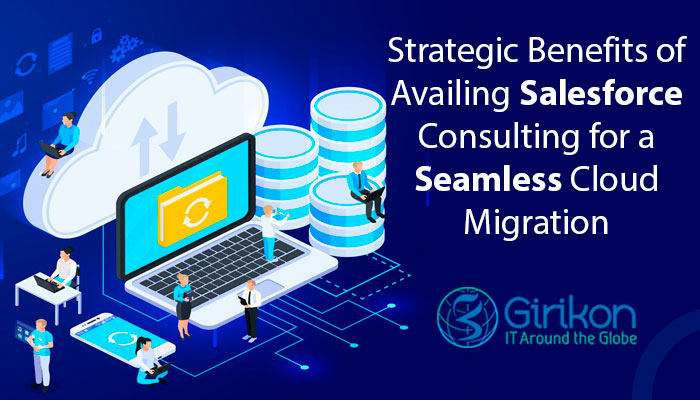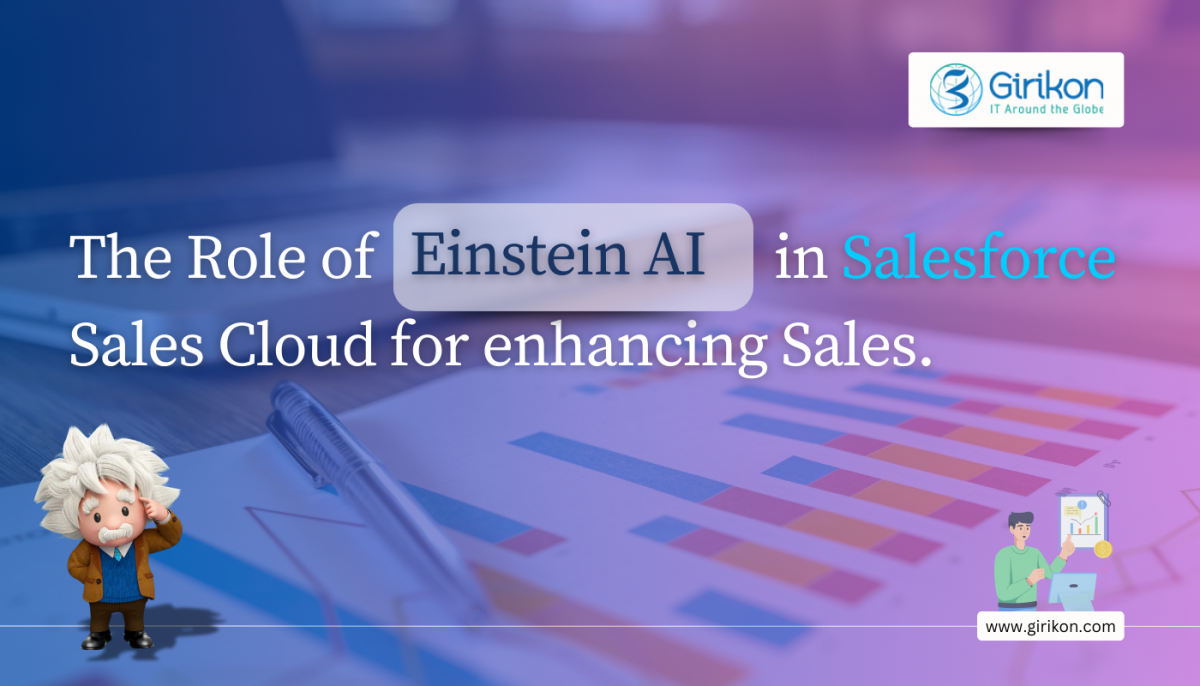Agents are assistive and autonomous software systems. Based on user input or environmental conditions, they reason, plan, and take action to achieve given tasks or goals. They are like intelligent digital assistants, equipped with the aggregated knowledge and experience of human experts, and access to all relevant data.
Agents are set to become ubiquitous across every area of our lives and to profoundly transform how businesses operate and interact with customers. For example, a service agent can act as your company's most knowledgeable technical support representative, available 24/7 to handle every request. A marketing agent, much like a self-driving car, can use "sensors" (real-time data) to detect changing business conditions and respond proactively (adjust pricing, launch a campaign, and so on).
Agentforce, an AI initiative from Salesforce, was announced on August 28, 2024. Described as part of “the Third Wave of AI,” it moves beyond copilots to introduce intelligent agents designed for greater accuracy and reliability, aiming to enhance customer success. This launch marks a practical step toward integrating artificial intelligence into enterprise workflows.
Created to support employees and simplify operations, Agentforce helps businesses manage customer interactions and internal processes more efficiently. By automating routine tasks and offering useful insights, Agentforce aims to boost productivity, improve customer service, and support business growth.
Agentforce Agents use a multilayered approach to enforce guardrails:
Einstein Trust Layer: The Einstein Trust Layer enables agents to use LLMs in a trusted way, without compromising company data. It uses a secure gateway, data masking, toxicity detection, audit trails, and more to control LLM interactions.
Instructions: When defining an Agentforce Agent, you can use natural language to provide clear instructions, including what to do and what to avoid, effectively setting the guardrails for its behavior.
Shared metadata: Salesforce metadata defines overarching rules that are enforced regardless of whether the data is accessed from traditional applications or agents. This includes permissions, sharing models, validation rules, and workflow automation to guarantee data security and adherence to business practices.
Agent Analytics: This observability tool provides insights into agent and action performance, usability, and reliability, enabling you to identify areas for improvement.
AI Test Center: A unified testing framework, the AI Test Center supports batch testing for agents, prompt templates, retrieval-augmented generation (RAG), and model use cases.
With just a few clicks, companies can scale their workforce on demand using the robust capabilities of Agentforce’s AI agents. These digital agents can analyze data, make informed decisions, and handle tasks such as responding to customer inquiries, qualifying sales leads, and optimizing marketing campaigns. Here’s what distinguishes Agentforce Agents:
Trustworthy: With the Einstein Trust Layer, your data remains secure, utilizing the same metadata, permissions, and sharing models you are accustomed to in traditional Salesforce applications.
Powerful: Agentforce Agents leverage industry-leading Salesforce apps to create transformative experiences across sales, service, commerce, marketing, and various other sectors.
Data-Driven: By tapping into all relevant data through Data Cloud, Agentforce Agents deliver more accurate and meaningful outcomes.
Customizable: Utilizing a suite of low-code tools—such as Agent Builder, Prompt Builder, Model Builder, and Flow Builder—you can easily build, customize, test, and manage these agents.
Key features and benefits of Agentforce:
1. Autonomous AI Agents: Agentforce is comprised of self-contained AI agents that can perform tasks independently, without constant human intervention. These agents are trained on large datasets and leverage machine learning to learn and adapt over time.
2. Task Automation: Agentforce can automate a wide range of tasks across various departments, including customer service, sales, marketing, and commerce. This frees up employees to focus on more strategic and complex work.
3. Intelligent Insights: It provides valuable insights and recommendations based on data analysis. This enables businesses to make data-driven decisions and identify opportunities for improvement.
4. Natural Language Processing (NLP): It can understand and respond to natural language queries, making it easier for employees and customers to interact with the system.
5. Integration with Salesforce Ecosystem: Agentforce seamlessly integrates with other Salesforce products, such as Sales Cloud, Service Cloud, and Marketing Cloud. This allows for a unified and cohesive experience.
6. Scalability: Agentforce can scale to meet the growing needs of businesses, ensuring that it remains effective as the organization expands.
7. Customization: Agentforce can be customized to fit the specific requirements of different industries and use cases. This flexibility allows businesses to tailor the solution to their unique needs.
8. Security and Privacy: Agentforce is built with robust security measures to protect sensitive data. Salesforce also adheres to strict privacy regulations to ensure that customer information is handled responsibly.
Pre-built Agentforce Agents
Here are some pre-built Agentforce Agents for your business needs:
Service Agent
The Service Agent efficiently handles customer inquiries around the clock, using reliable data to provide accurate and personalized support. It can be quickly set up with templates or customized with minimal coding, ensuring a smooth implementation process. In cases where human intervention is required, the agent seamlessly escalates the issue while maintaining high standards of data security.
Sales Development Representative (SDR) Agent
The SDR Agent engages potential customers 24/7, answering product questions, managing tasks, and scheduling meetings for sales representatives. It offers accurate, data-driven responses and is versatile, interacting across various communication channels and languages, ensuring comprehensive customer engagement.
Sales Coach Agent
The Sales Coach Agent provides sales representatives with personalized role-playing scenarios to practice pitching, handling objections, and negotiating. It gives feedback on performance and suggests areas for improvement, helping to refine sales techniques. By analyzing deal outcomes, this agent can measure the effectiveness of training and provide insights for continued growth.
Personal Shopper Agent
The Personal Shopper Agent enhances the customer shopping experience by offering tailored product recommendations. It interacts with customers on your website or through messaging apps, assisting them in finding products and making purchases by suggesting relevant items, increasing customer satisfaction and conversion rates.
Campaign Agent
The Campaign Agent simplifies marketing efforts by generating campaign briefs, identifying target audiences, developing content, and creating customer journeys. It continuously monitors campaign performance and provides actionable insights to optimize results, ensuring your marketing strategy remains effective and data-driven.
Which Agentforce will you build?
Agentforce is a flexible platform that allows you to create custom agents using existing Salesforce tools. This enables you to adapt agents to fit various business needs. Here are a few:
Healthcare Agent: Interacts with patients, healthcare providers, and payers to answer questions, provide information, and take action.
Banking Agent: Analyzes data, assists customers, and offers personalized service in retail, commercial, and investment banking.
Retail Agent: Shares campaign information, reaches out to customers and resolves issues for fashion, grocery, and convenience stores.
Operations Agent: Helps operations teams manage plans, resources, and progress.
CX Agent: Analyzes customer feedback, suggests ways to improve customer satisfaction, and manages omnichannel experiences.
Analytics Agent: Provides data insights, creates visualizations, and recommends data-driven actions.
IT Agent: Monitors security threats, shares network information, and resolves customer and employee support issues.
Finance Agent: Shares insights on financial reporting and risk assessments, detects fraud, and addresses compliance-related inquiries.
Agentforce’s availability and price
Agentforce for Service and Sales will be generally available on October 25, 2024, with select components of the Atlas Reasoning Engine launching in February 2025. Pricing for Agentforce starts at $2 per conversation, with volume discounts available.
At $2 per conversation, Salesforce anticipates a significant ROI for customers. Agentforce agents offer a more cost-effective solution by handling routine tasks, freeing up human agents to focus on more complex inquiries.
Summary: How Agentforce Agents are transforming business and application development
Agents are set to become ubiquitous in every area of our lives. They can reason, orchestrate tasks, and take action, delivering personalized experiences at scale. By combining the language and reasoning capabilities of LLMs with software building blocks, they are transforming how businesses operate and how software is built.
Agentforce Agents are leading this transformation with key differentiating characteristics, including:
Trusted. Agentforce protects your data using the Einstein Trust Layer and the same metadata, permissions, and sharing models as traditional Salesforce applications.
Powerful. Agentforce Agents make use of industry-leading Salesforce applications to deliver transformative experiences across sales, service, commerce, marketing, and industries.
Grounded in unified data. Agentforce Agents deliver more accurate and relevant outcomes by grounding AI in all the relevant data made available and unified by Data Cloud.
Low-code tools. Agentforce Agents can be built, customized, tested, and managed using a set of low-code tools including Agent Builder, Prompt Builder, Model Builder, Flow Builder, and more.
In conclusion, Agentforce is the powerful integration of Humans + AI + Data + Actions, transforming how businesses operate. By combining assistive and autonomous AI agents, employees are empowered to focus on high-value tasks, while AI handles routine work and escalates when necessary. Access to the right data through Data Cloud ensures that agents are intelligent, secure, and scalable, making them capable of delivering dynamic customer and employee experiences.
Finally, Agentforce agents aren’t just passive bots—they take meaningful action across systems, driving efficiency and completing tasks like drafting emails, creating close plans, and initiating customer nurture cadences. This blend of human expertise, AI capabilities, data access, and actionable insights ensures businesses can work smarter and faster.

 +1-480-382-1320
+1-480-382-1320 +61-1300-332-888
+61-1300-332-888 +91 9811400594
+91 9811400594

